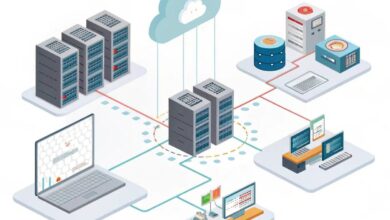Gmail, other Google services face outage

Gmail and a host of other Google services faced disruptions on Monday evening for about 45 minutes due to an “internal storage quota” issue, which has now been resolved for a vast majority of the affected users, the tech giant said.
“Today, at 3.47AM PT (5.17 PM IST) Google experienced an authentication system outage for approximately 45 minutes due to an internal storage quota issue. Services requiring users to log in experienced high error rates during this period,” a Google spokesperson said.
The spokesperson noted that the authentication system issue was resolved at 4:32 AM Pacific Time (6.02 PM IST) and all services are now restored.
“We apologise to everyone affected, and we will conduct a thorough follow up review to ensure this problem cannot recur in the future,” the spokesperson further stated.
Google had faced a similar disruption in services in August this year.
The latest outage is believed to have impacted users in various parts of the world, including India. Users encountered error messages while trying to access Google services, including Google Docs, Calendar, Drive and Meet.
At around 5.25 PM IST, Google — on its Workspace Status Dashboard — said it was “aware of a problem with Gmail affecting a majority of users” and that the affected users were unable to access Gmail.
As per the dashboard, other Google services like Calendar, Drive, Docs and Meet had also been affected. Updates similar to the one on Gmail were shared for these other services too.
Downdetector, which detects outages and interruptions on networks, had also showed that services like YouTube (Google’s video platform) and Gmail were facing disruption.
Netizens turned to Twitter to express their emotions, ranging from frustration to amusement, and topics like ‘#googledown’ (102,000 tweets), ‘#YouTubeDOWN’ (175,000 tweets) and ‘#Gmail’ (305,000) were trending.




